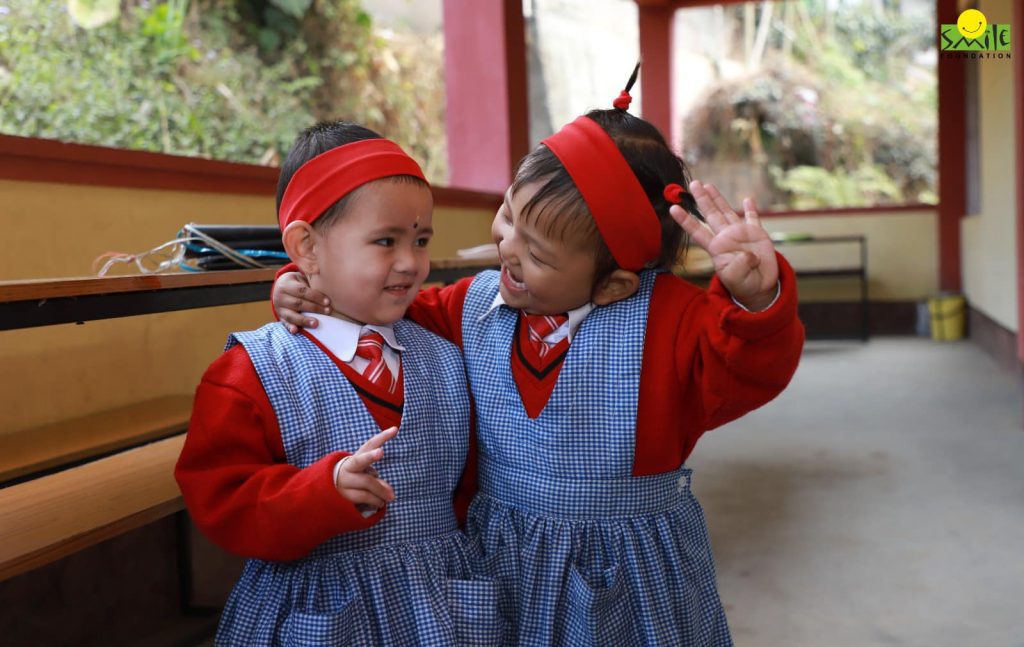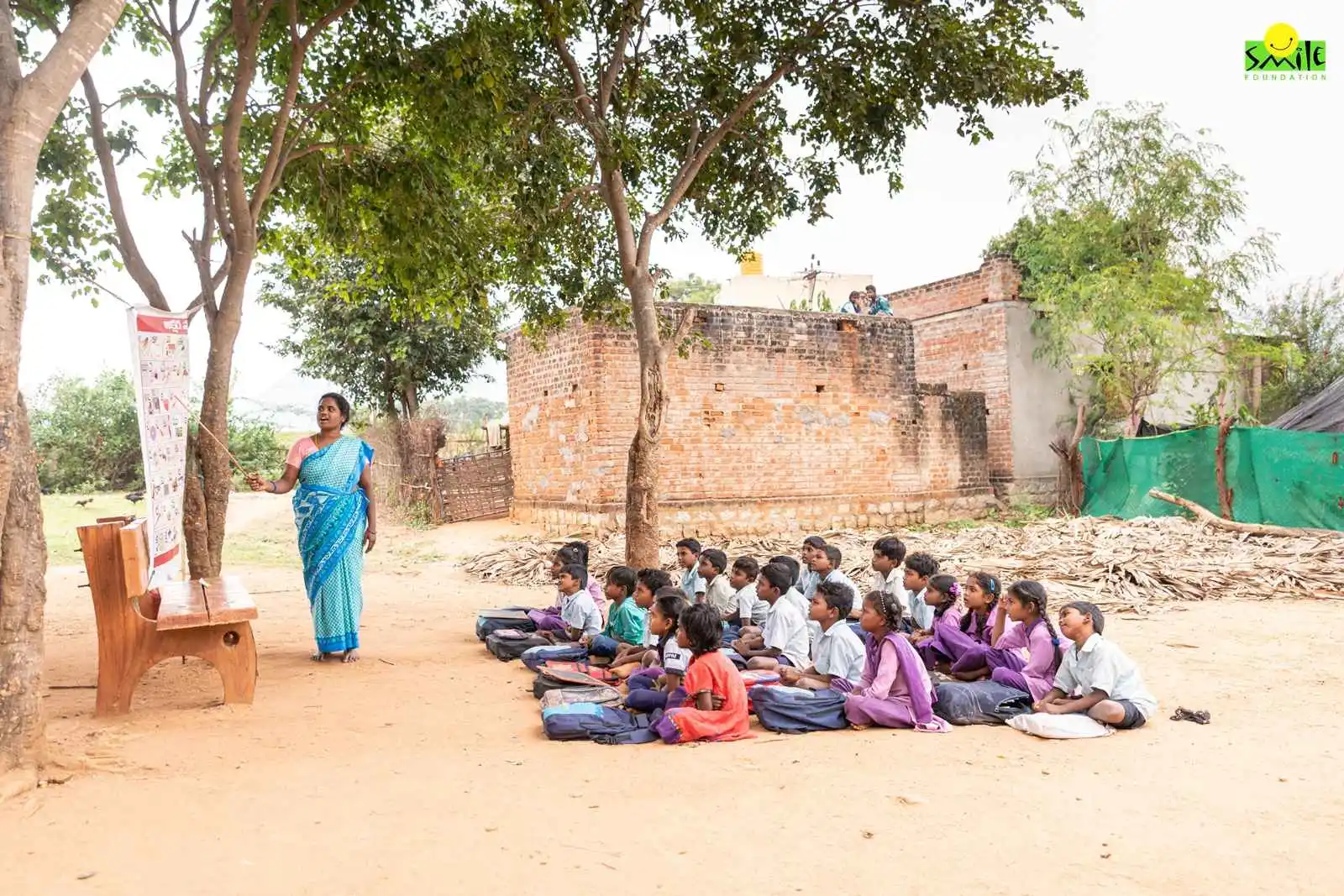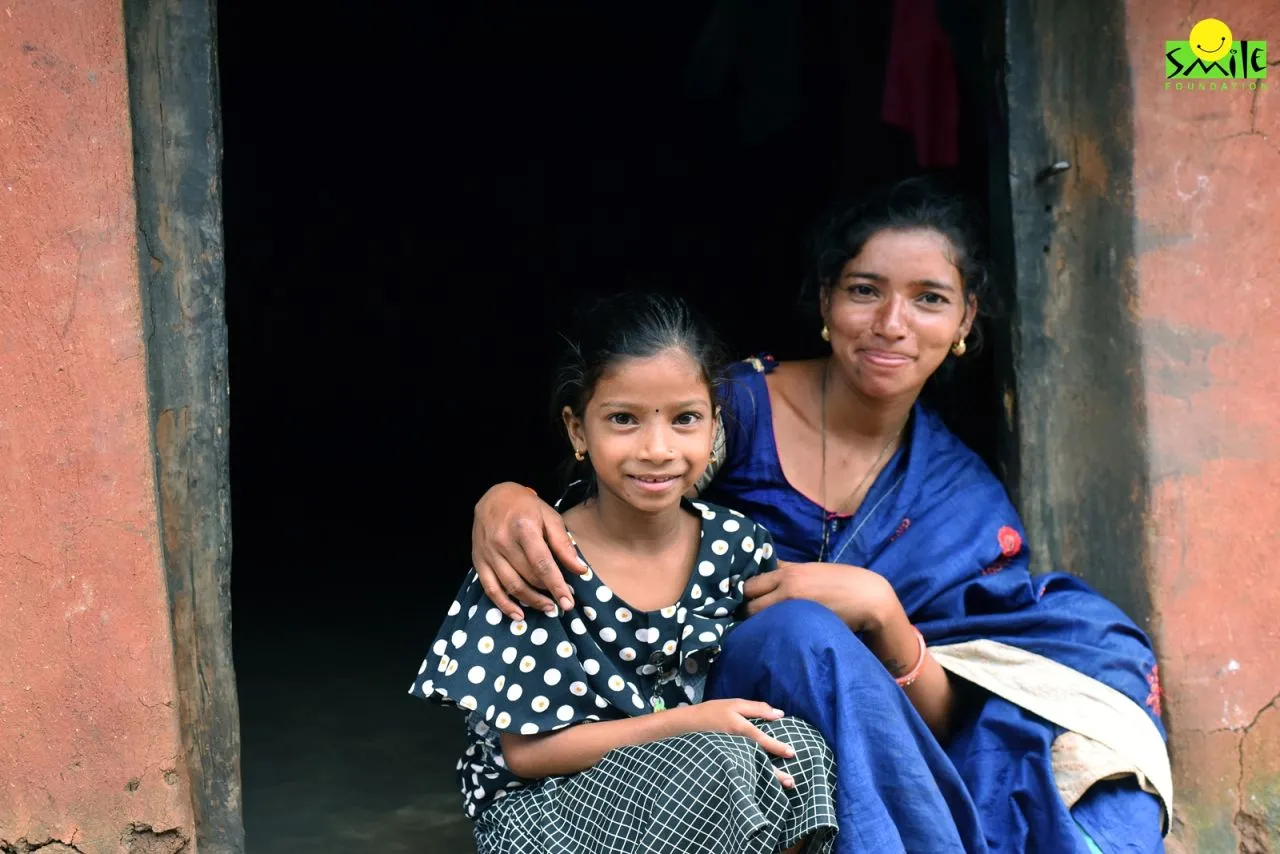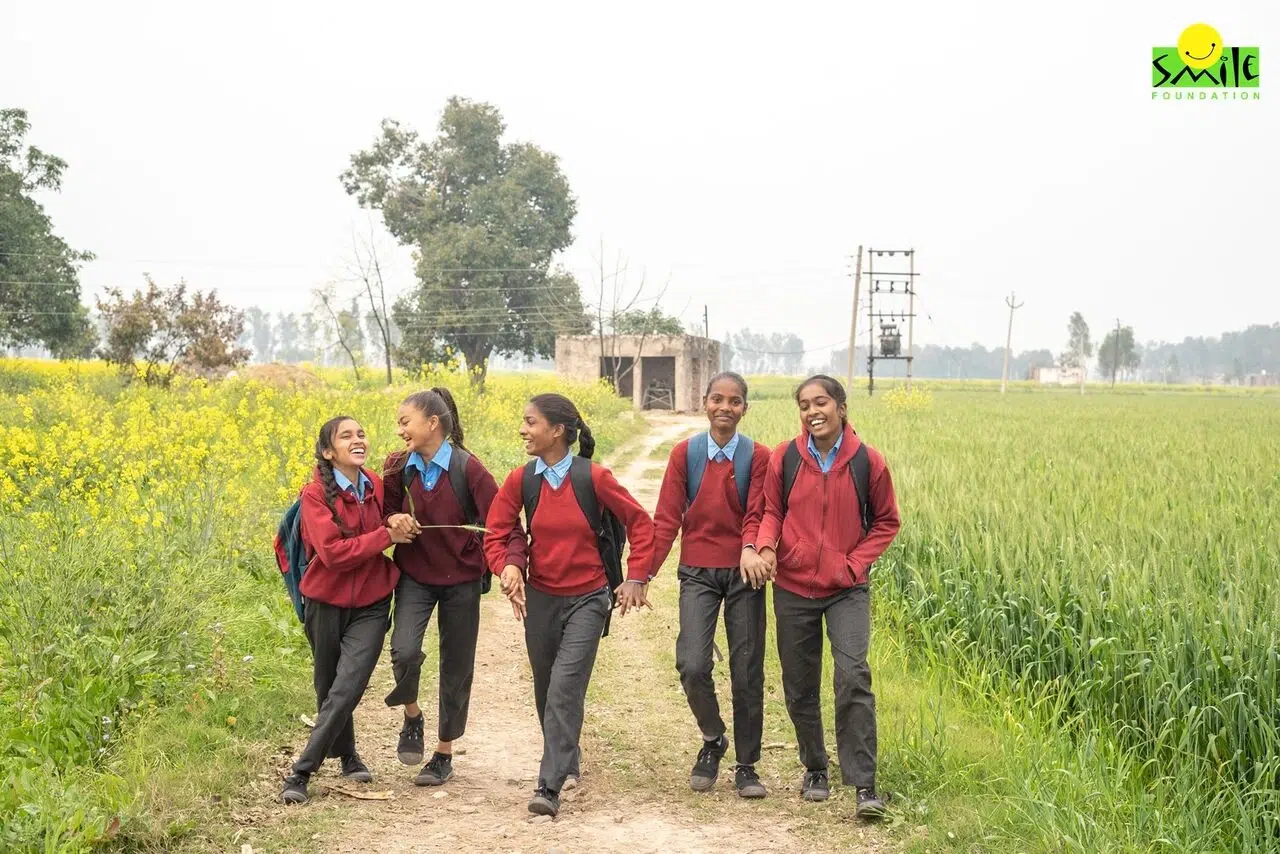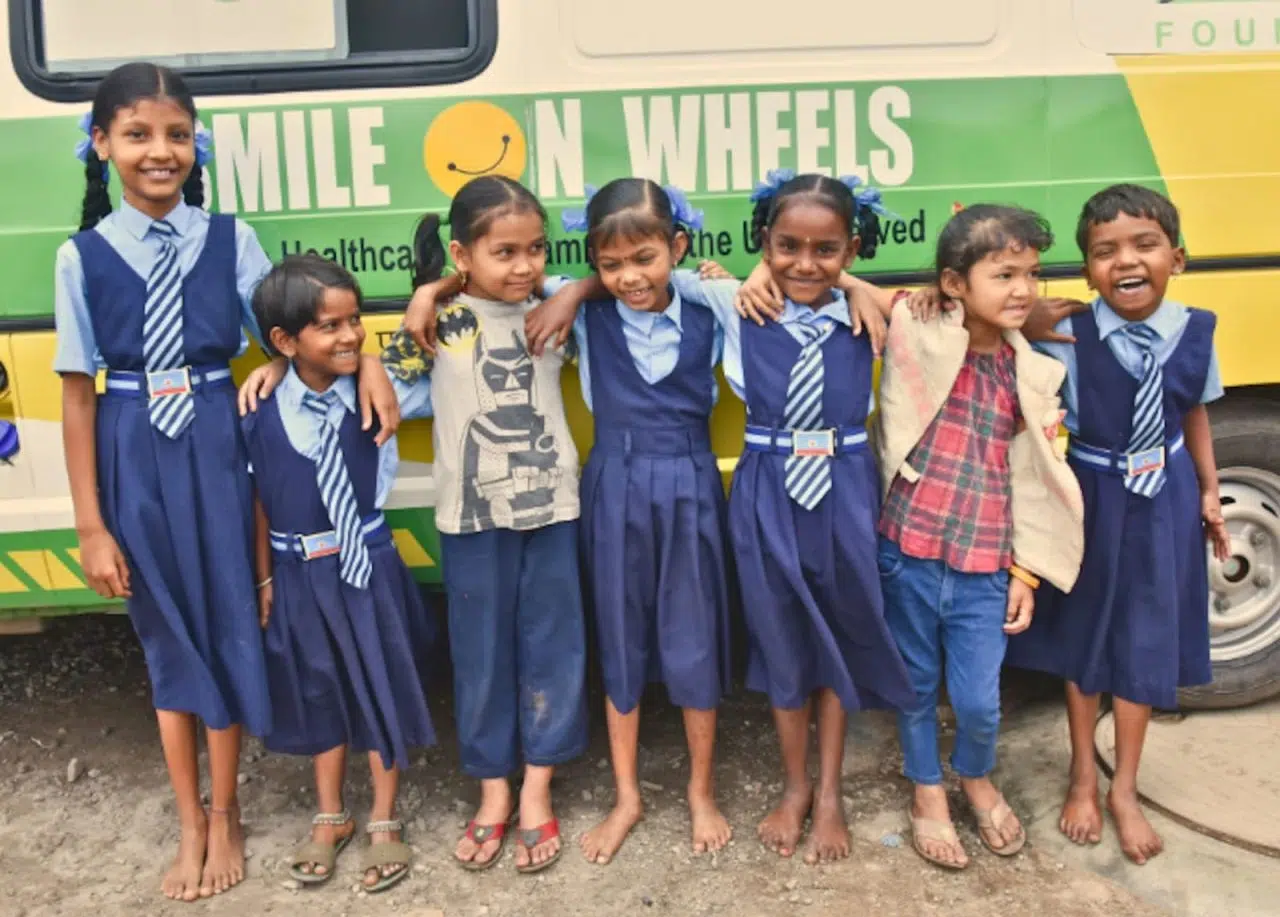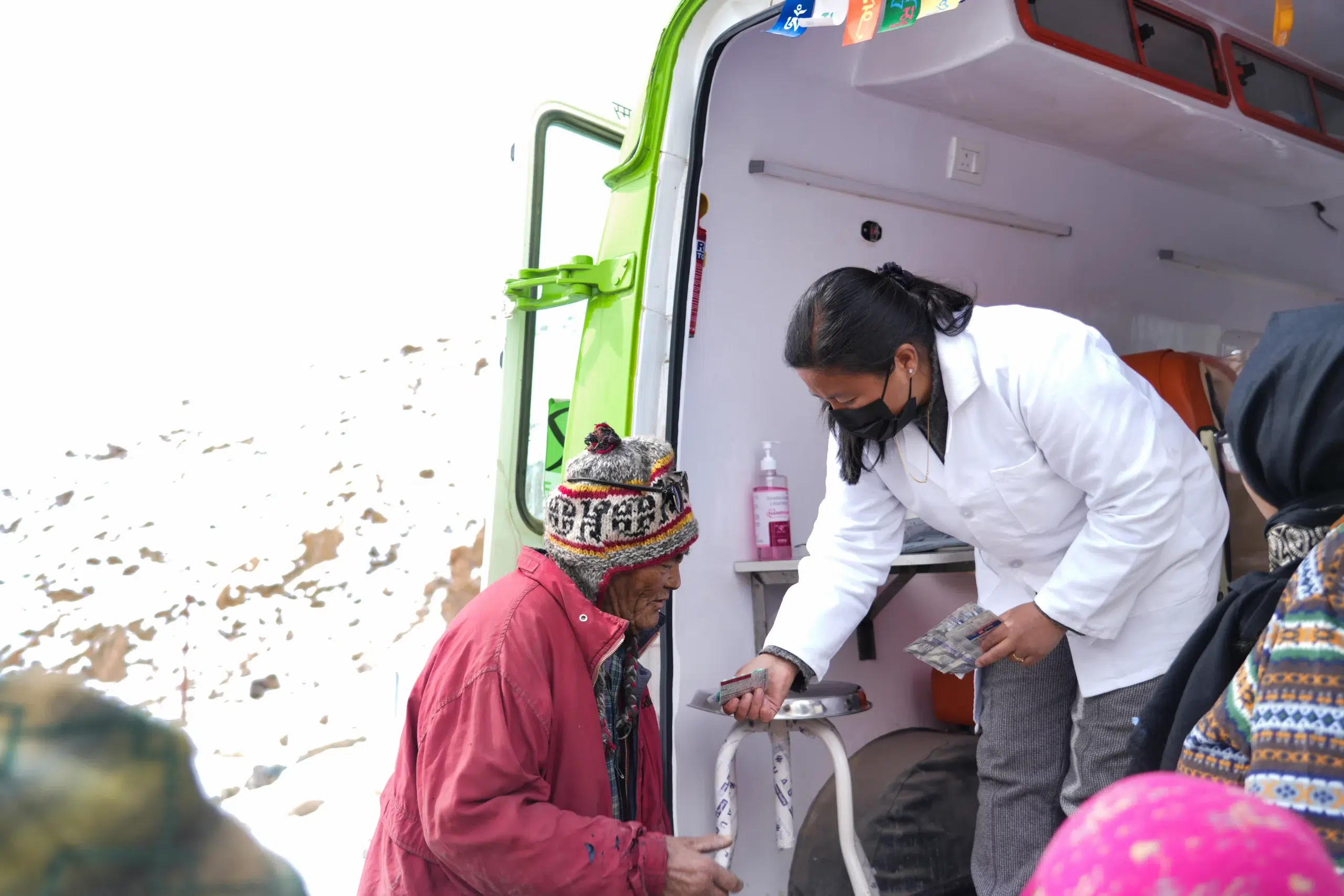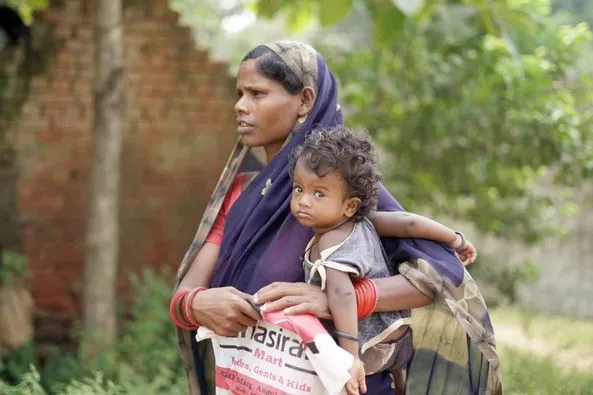Information is widely available and accessible in all forms today, not all of it affects us positively- taking care of the mental wellbeing of children has become more important than ever. Today children are growing up in an era of artificial intelligence where computers are going to be more intelligent than humans. In such a scenario, prematurity is the potential next pandemic.
Today children are more aware and updated with new trends before the previous generations. Along with all the benefits of technology advancements and changing eras, causing mental harm or falling victim to such incidents has also become much easier, leading to lifelong traumas for some.
Social and mental health are interconnected and not being healthy can either cause traumas or delay the healing of traumas. Dealing with trauma is a critical aspect of ensuring the social health and well-being of children. Trauma can stem from various sources, and the effects of trauma can be long-lasting, influencing a child’s emotional, social, and cognitive development.
It is a complex process that requires a multifaceted approach. It’s about providing immediate support and also investing in long-term strategies to ensure the social health of children. By recognising the signs of trauma, creating safe environments, seeking professional help, and fostering resilience, we can help children navigate their experiences and emerge stronger.
Understanding and dealing with trauma in children
Trauma disrupts a child’s sense of security, making them feel helpless and vulnerable in a world that no longer seems safe. Unlike adults, children may not have the language skills or emotional maturity to process traumatic events.
Trauma in children today is diverse and can include a range of experiences that threaten their physical or emotional well-being. Traumas can be caused by various reasons such as
- physical, emotional or sexual abuse by someone whom the child trusted or otherwise,
- physical or emotional absence of parents or guardian,
- household dysfunction,
- exposure to bullying,
- violence or discrimination in home, school, or community,
- family separations especially parent’s divorces, or
- severe cases where the children who are refugees or exposed to wars, natural disasters, terrorism, etc.
Recognizing the trauma
Due to a lack of awareness and open-ended talks about mental health, it is often ignored or not given much relevance. Age-old social conditioning doesn’t allow parents or caregivers to think differently about their children’s issues. Movies like Tare Zameen Par or Dear Zindagi teach us how it’s important mental health can control our social and physiological health.
Recognising the early signs of trauma in children is crucial for their well-being and recovery. Trauma can manifest differently in each child, but there are some common indicators to be aware of. Here are some signs that may suggest a child is experiencing trauma-
Emotional signs
- Frequent crying or tearfulness
- Being easily frightened or scared
- Expressing concern about their safety
- Feeling sadness, depressed or alone
- Showing intense outbursts of anger and aggression
Behavioral signs
- Bedwetting
- Difficulty concentrating in daily tasks
- Re-enacting trauma during play, especially in younger children
- Sudden problems with sleeping, eating, anger, or attention
- Regressive behavior, such as returning to an earlier stage of development
Physical signs
- Unexplained aches and pains.
- Changes in eating and sleeping habits.
Socially healthy children gain more success in life
Today children are more tech-savvy and less involved with people in social settings. Not only children but we all have become disconnected from personal touch due to digital gadgets all around us. We are more comfortable chatting with an AI tool on our phone than chatting in person with real humans.
The social health of a child encompasses various aspects that contribute to their ability to interact positively with others and function well in social settings. So, what are a few components that define good social health?
- Children should have the ability to form secure, healthy, and genuine relationships with peers and adults in different social settings.
- Children should have effective communication skills, including listening and expressing thoughts and feelings along with managing emotions in different situations to navigate social complexities.
- They should have the understanding of social cues, and skills to negotiate and resolve disagreements to maintain healthy relationships.
- Social health begins with self-esteem, only when you have a positive self-image you can deal with confidence in a social setting.
- Empathy and cooperation are the pillars of good social health. Being able to understand others and working with them by sharing and taking turns in social responsibility is important for social development.
- Participating in community activities can enhance a child’s sense of belonging. It’s important to appreciate and respect differences in others to foster inclusive social environments.
Internet: The cause
While technology has many benefits, it’s important for parents and caregivers to monitor and guide children’s use of internet and digital services to minimize potential harm.
Incidents such as cyberbullying, negative self-comparison created by the unrealistic expectations of social media, and overexposure to disturbing and inappropriate content that includes violence, and adult themes can lead to various traumatic experiences such as sleep disturbances due to blue light, loneliness and depression.
Reduced face-to-face interactions and social isolation, parent-child conflict, reduced physical activity leading to obesity, and other lifestyle disorder diseases which can also affect their mental health such as stress and anxiety due to compulsive use of technologies leading which can interfere with daily life.
Reliance on digital communications can further hinder the development of emotion-regulation skills, leading to increased anxiety. It has become extremely important to establish healthy boundaries and educate children about safe and responsible use of technology that can help mitigate the negatives.
Prevention is better than dealing with trauma
Even after the wound is healed, sometimes a scar is left behind. Preventing trauma is just as important as dealing with its aftermath. This includes educating children about personal safety, bullying prevention, and healthy relationships. Awareness campaigns and community programs can play a significant role in prevention efforts.
Leveraging community resources such as support groups, after-school programs, and mental health services can provide additional layers of support. Community involvement can also help in reducing the stigma associated with seeking help for mental health issues and dealing with trauma.
Creative outlets like art, music, and writing can be powerful tools for children to express their feelings and process their thoughts. These activities can be both therapeutic and empowering, giving children a voice when they might struggle to articulate their emotions verbally.
It’s important to create a safe, stable, and secure environment for children dealing with trauma. This includes consistent routines, clear expectations, and a supportive network of adults. Schools and homes should be safe havens where children feel valued and understood.



